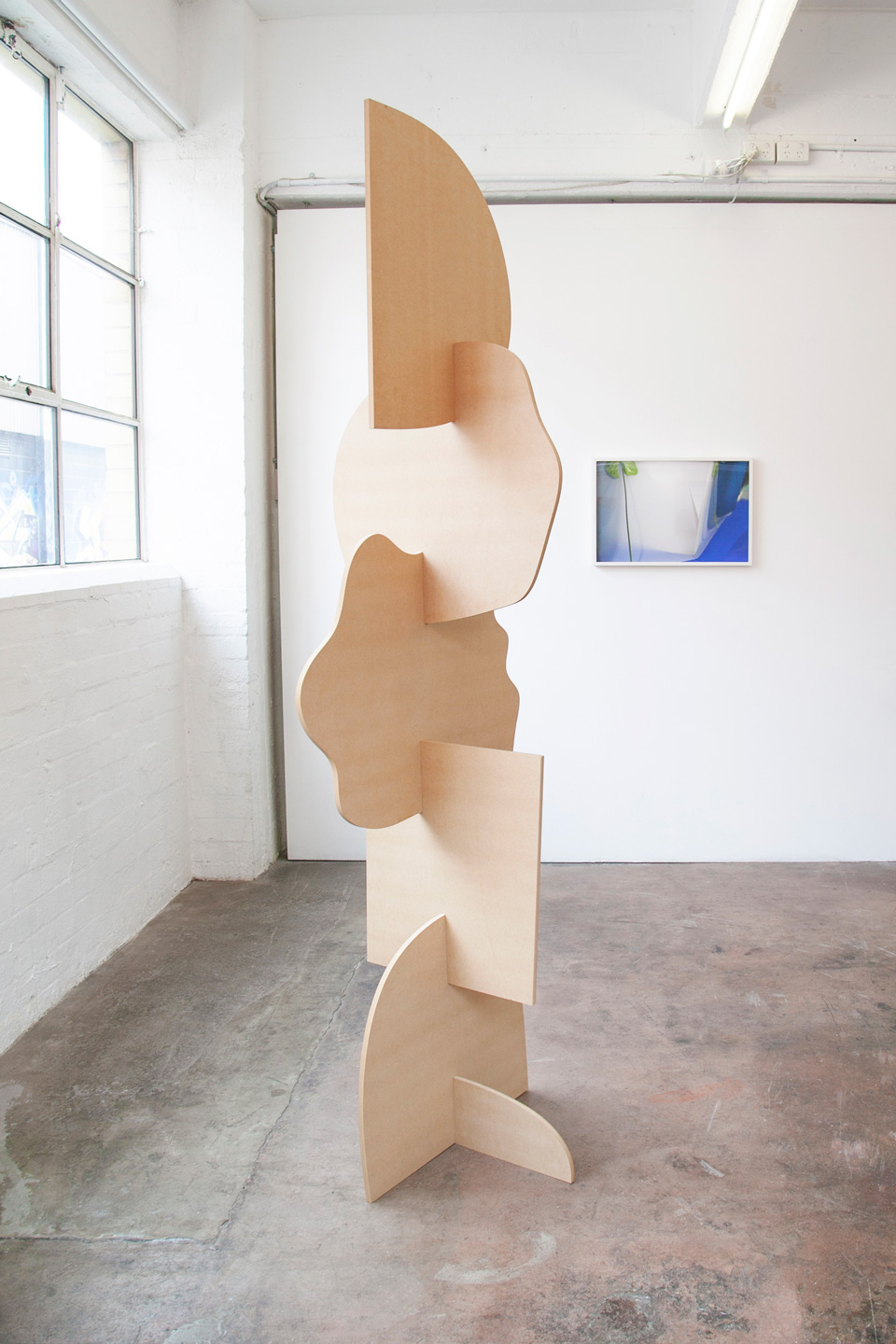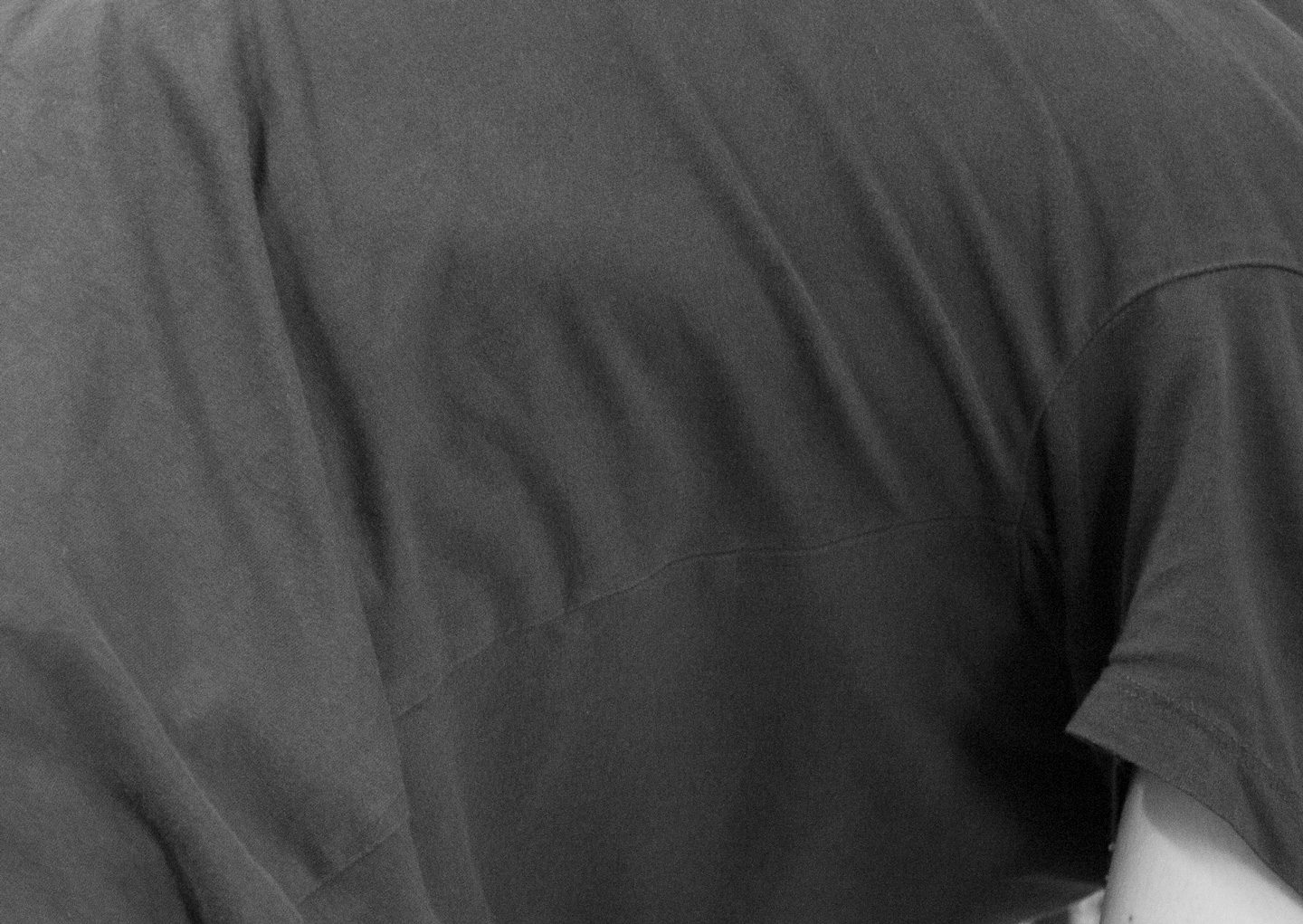Exhibition text by Dan Rule
There is an untethered, unravelling quality to Arini Byng’s latest body of work. Its resonances and continuities are loose, evocative and speculative. Photographic works and sculptural objects (both within and adjacent to the image) engage in a dialogue of contours, tones, material and formal echoes – nothing is ever quite fixed or contained. Like the show’s title, it’s a fountain, Byng’s works are propositional in tenor. They most certainly are not fountains but, hey, they just might be.
It’s a significant shift for the Melbourne-based artist. While her previous works – some of them made in collaboration with artist and industrial designer Georgia Hutchison – espoused a kind of sculptural and material choreography, occupying a space midway between the sculptural and photographic object, her new works are set adrift. Her once tight, contained and astutely realised compositions and high-key palettes assume a more fleeting, fluid guise.
There is a give-and-take here, a back-and-forth. In one work, the fragmented human form – the drape of a T-shirt and camber of a torso – mimics the curvature of another composition fashioned with reflective paper and a single flower stalk. But it is not only the images that converse. Perhaps the most surprising addition is that of a tall, modular sculpture, at once architectural and figurative in scale. It might be read as an extraction, an object that makes manifest subtle material and formal cues from the surrounding images and in-turn re-informs our reading of them; it is a material aperture.
Byng’s constructions – whether photographic or sculptural or both – forge what can only be described as a slippery formalism. The image and object ever so quietly sway, echo, refract and float. Their conversation is ongoing.




